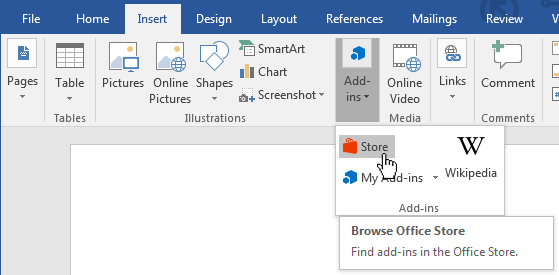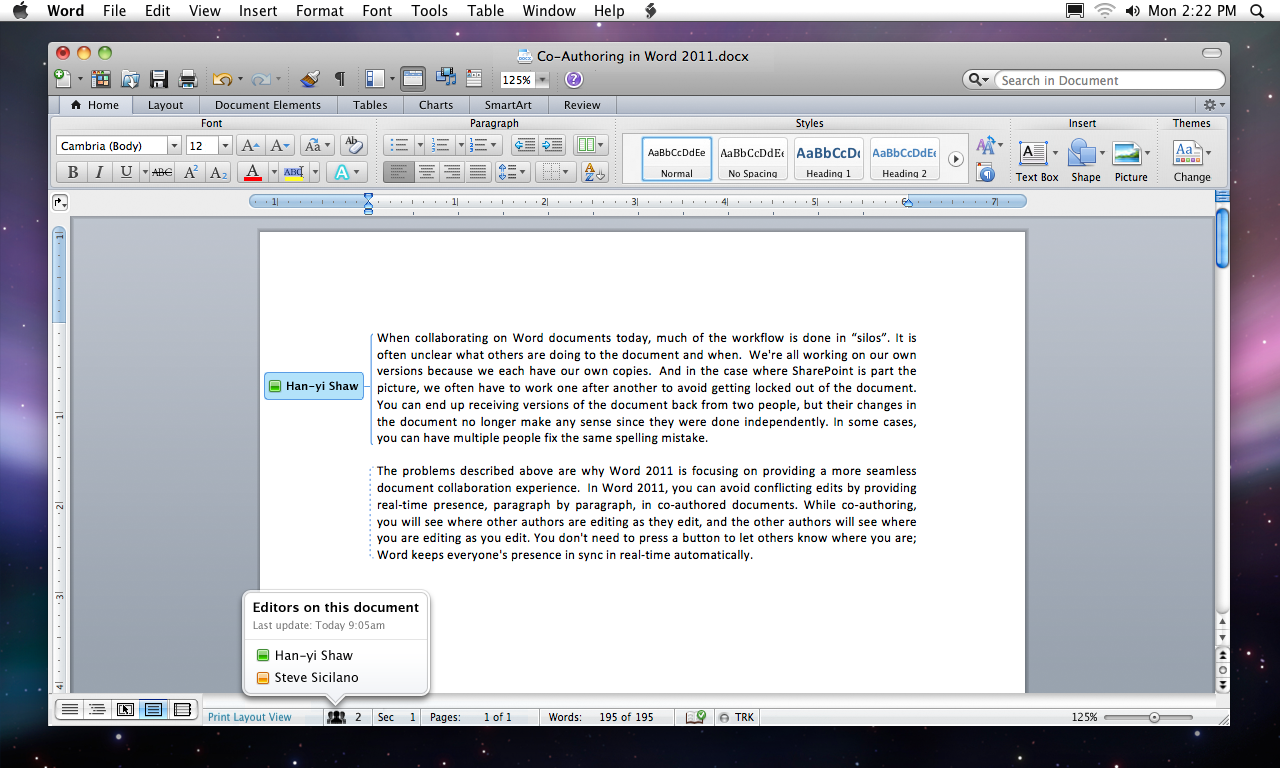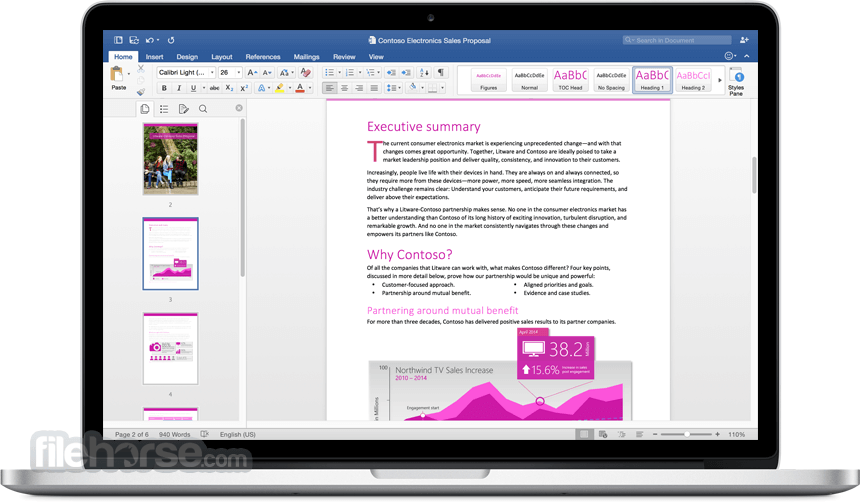

- Page design in word for mac 2011 how to#
- Page design in word for mac 2011 movie#
- Page design in word for mac 2011 full#
- Page design in word for mac 2011 download#
- Page design in word for mac 2011 windows#

4) Place your letterhead design into your Microsoft Word document

Page design in word for mac 2011 full#
Set the paper size to 8.75 x 11.13 to accommodate your full bleed design, set all the margins to “0″, and set the Non-Printable Areas to “User Defined.” Doing this lets you set up your letterhead as a full bleed instead of conforming to Word’s default margins. While the document opens, click File > Page Setup > Paper Size > Manage Custom Sizes. Next, set up a Word document to insert your letterhead design into. You can also save your design as a JPG and even as a TIFF however TIFF files will dramatically increase files size and loading times in Microsoft Word for your client. Make sure you select 300 ppi as the resolution. Export your letterhead design as a high res PNG file
Page design in word for mac 2011 download#
There’s a great full-bleed letterhead template that you can download here. Create your design in CMYK color mode, and if you’re using photos or complex graphics make sure that they 300ppi or higher, because Microsoft Word compresses all images that you place into it. We’re using a full bleed design in this example with a 1/8″ bleed, which will give s us a document that is about 8.63 x 11.13 inches. We’ve created this example in Illustrator, but Photoshop and InDesign can be used to create letterhead designs too.
Page design in word for mac 2011 how to#
So knowing how to create a Microsoft Word letterhead template is key. Microsoft Word is pretty low-tech compared to Illustrator or InDesign however, that’s what your clients are using and your letterhead design is useless to them if they can’t edit and add content to it. Generally they don’t own or know how to use advanced graphics-editing programs like Adobe Illustrator, InDesign or Photoshop - and it simply doesn’t make sense for them to purchase those expensive programs. Publishing via OneDrive, presumably, is Microsoft's answer, though it's not quite the same.At the end of a design project, it’s common to hear your client say: “I need this as an editable letterhead template in Microsoft Word.”
Page design in word for mac 2011 movie#
The option of saving a presentation as a movie is gone, irritatingly, which, in combination with the dropping of the broadcast feature, serves to break some useful ways of sharing presentations with a wider audience.
Page design in word for mac 2011 windows#
Sharing presentations between Mac and Windows should be smoother too, since Office 2016 for Mac now supports the transitions from Office 2013 on Windows. The Presenter View – showing you, say, next and current slides as well as a timer and notes on your laptop screen, while an external display shows just the presentation – is better if nothing else, the one button to let you quickly switch the displays is a boon. PowerPoint gets threaded comments for document reviewing as well, like Word, and an improved conflict resolution view makes it easier to compare differences between versions. What's more, combined with clever variants and colour themes, there are actually many more options – and they hang together well in terms of the visuals. The most apparent new change in PowerPoint, other than the refreshed interface, is the inclusion of 23 smart, less comically corporate templates. Note, though, that the option in Office 2011 to broadcast a PowerPoint presentation online is gone. However, as we observed in our full review, the collaboration behaviour is inconsistent. OneDrive also helps power collaboration – documents all have a handy share button at the top right – letting you share documents with others for them to view or edit. Microsoft's equivalent of iCloud Drive, OneDrive, is now baked in – so you can toggle (a little inelegantly) between the standard OS Open/Save dialogue box and one focused on your cloud documents – and it's through OneDrive online that you can access previous versions of files. There's finally support for some now quite longstanding OS-level features, such as multi-touch gestures for zooming, and native full-screen mode. This might mean a bit of relearning for Mac users, but the groupings, such as the new Design tab in Word, do make sense. The Ribbon that runs across the top of windows has been slightly reorganised, making it more consistent with Office 2013 on Windows – see the image above for a comparative shot of the Ribbon on Mac, Windows and iPad. While this will look familiar to Windows users, it's a thoroughly Mac aesthetic. Even Office 2011 supported Retina displays, but the entire interface in 2016 has been dramatically modernised – it no longer feels dated on a modern Mac system, and the (optional) coloured toolbars help orientate you in the suite. Looking over the entire suite, the most obvious difference with this new version of Office, if you've been used to the 2011 edition, is the new interface design.


 0 kommentar(er)
0 kommentar(er)
